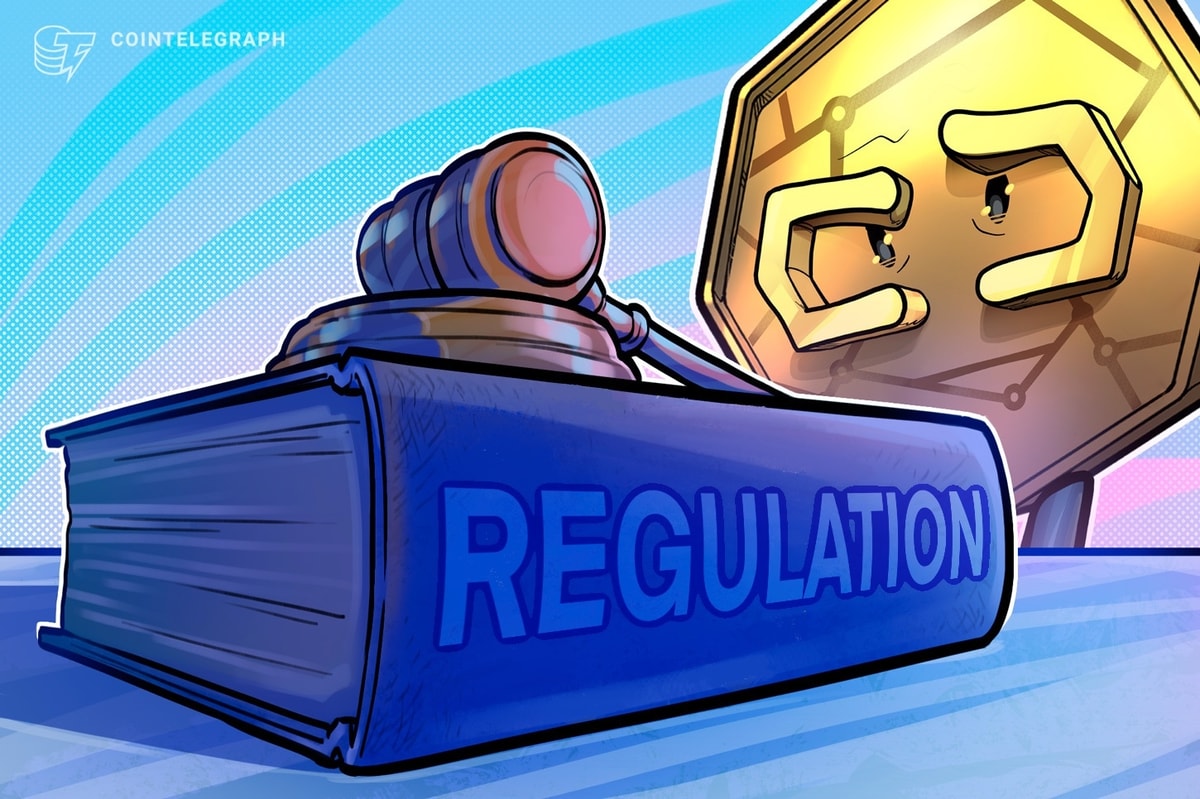The Ethereum blockchain, the largest behind bitcoin, is about to undergo the beginnings of a major upgrade.
Dubbed the “merge,” Ethereum is switching to a more energy-efficient method of validating transactions that take place on the platform, known as proof of stake.
The upgrade is similar to how the transition away from using dial-up modems to fiberoptics enabled the internet to be used for a wider variety of things, such as video, online storage and music streaming, Greg King, founder and CEO of Osprey Funds, tells CNBC Make It.
Here’s a look at what the merge means and how it will affect crypto investors.
What is proof of stake?
The merge will transition the blockchain from a proof-of-work (PoW) model to a proof-of-stake (PoS) model. Both are algorithms used to allow users to add new cryptocurrency transactions and keep a record of them on a blockchain network.
The current proof-of-work model requires massive amounts of energy to power computers that race to solve complicated math equations in order to validate transactions.
Proof of stake, on the other hand, requires users to have a “stake” in the blockchain, as the name implies.
This means that Ethereum users will need to make a pretty hefty investment upfront in order to authenticate transactions. However, this model is expected to be much less energy intensive.
How will this affect investors and potential investors?
Although the Ethereum merge isn’t expected to make the network faster or lower transaction costs immediately, investors may see benefits down the road.
“While no outcome is certain, the merge could be bullish for crypto investors in the long run due to the groundwork it lays for future upgrades to speed, fees and ecosystem development,” says King.
Quicker transactions and lower fees could eventually lead to more users as well, which could affect the value of ether, Ethereum’s native cryptocurrency, which investors use to make transactions of the platform.
If the number of investors increases, the supply of ether should go down, says Vladimir Gorbunov, CEO and founder of the MetaFi ecosystem Choise.com. And as the supply of ether decreases, the value of individual coins could increase, which would be welcome news for investors.
Ether is valued at about $1,600 per coin as of Sept. 14, 2022, according to Coin Metrics — down from an all-time high of about $4,892 in November of last year.
How will this impact the environment?
As previously mentioned, the merge is expected to make the blockchain more energy efficient.
Currently, Ethereum’s carbon emissions are on par with Singapore and its total energy consumption is comparable to the Netherlands, according to its website.
The merge is expected to lower Ethereum’s carbon footprint by over 99%, which could make the platform more attractive to environmentally conscious investors.
Will the merge make Ethereum less vulnerable to hackers?
“The merge will definitely make Ethereum more secure,” says Gorbunov. After the merge, the required initial investment to validate transactions on the blockchain would cost around $55,000 or 33 ETH, he says.
That’s a cost everyone, including hackers, would have to bear in order to get into the network in the first place. Due to that barrier, Gorbunov expects Ethereum to become a lot safer.
However, the blockchain will always be vulnerable to hackers, King warns.
“After the merge, Ethereum’s susceptibilities may differ due to the underlying design change to the network, but the security risks will always remain the same,” he says. “Cybersecurity risk is always paramount.”
Remember, ether, like many cryptocurrencies, is a highly volatile asset that is subject to unpredictable fluctuations in value with no guarantee of earning a profit. Experts recommend not investing more into these types of assets than you’re willing to potentially lose.
Sign up now: Get smarter about your money and career with our weekly newsletter
Don’t miss: Crypto prices are down, but it’s not scaring away investors—here’s why

Read More: news.google.com









 Bitcoin
Bitcoin  Ethereum
Ethereum  Tether
Tether  XRP
XRP  Solana
Solana  USDC
USDC  Dogecoin
Dogecoin  TRON
TRON  Cardano
Cardano  Lido Staked Ether
Lido Staked Ether  Wrapped Bitcoin
Wrapped Bitcoin  Chainlink
Chainlink  LEO Token
LEO Token  Avalanche
Avalanche  Stellar
Stellar  Toncoin
Toncoin  Shiba Inu
Shiba Inu  Hedera
Hedera  USDS
USDS  Sui
Sui  Wrapped stETH
Wrapped stETH  Bitcoin Cash
Bitcoin Cash  Hyperliquid
Hyperliquid  Litecoin
Litecoin  Polkadot
Polkadot  Bitget Token
Bitget Token  Binance Bridged USDT (BNB Smart Chain)
Binance Bridged USDT (BNB Smart Chain)  Ethena USDe
Ethena USDe  WETH
WETH  Pi Network
Pi Network  WhiteBIT Coin
WhiteBIT Coin  Monero
Monero  Wrapped eETH
Wrapped eETH  Coinbase Wrapped BTC
Coinbase Wrapped BTC  Pepe
Pepe  Uniswap
Uniswap  Aptos
Aptos  Dai
Dai  OKB
OKB  Bittensor
Bittensor  Gate
Gate  NEAR Protocol
NEAR Protocol  Ondo
Ondo  Tokenize Xchange
Tokenize Xchange  sUSDS
sUSDS  BlackRock USD Institutional Digital Liquidity Fund
BlackRock USD Institutional Digital Liquidity Fund  Ethereum Classic
Ethereum Classic  Internet Computer
Internet Computer  Render
Render